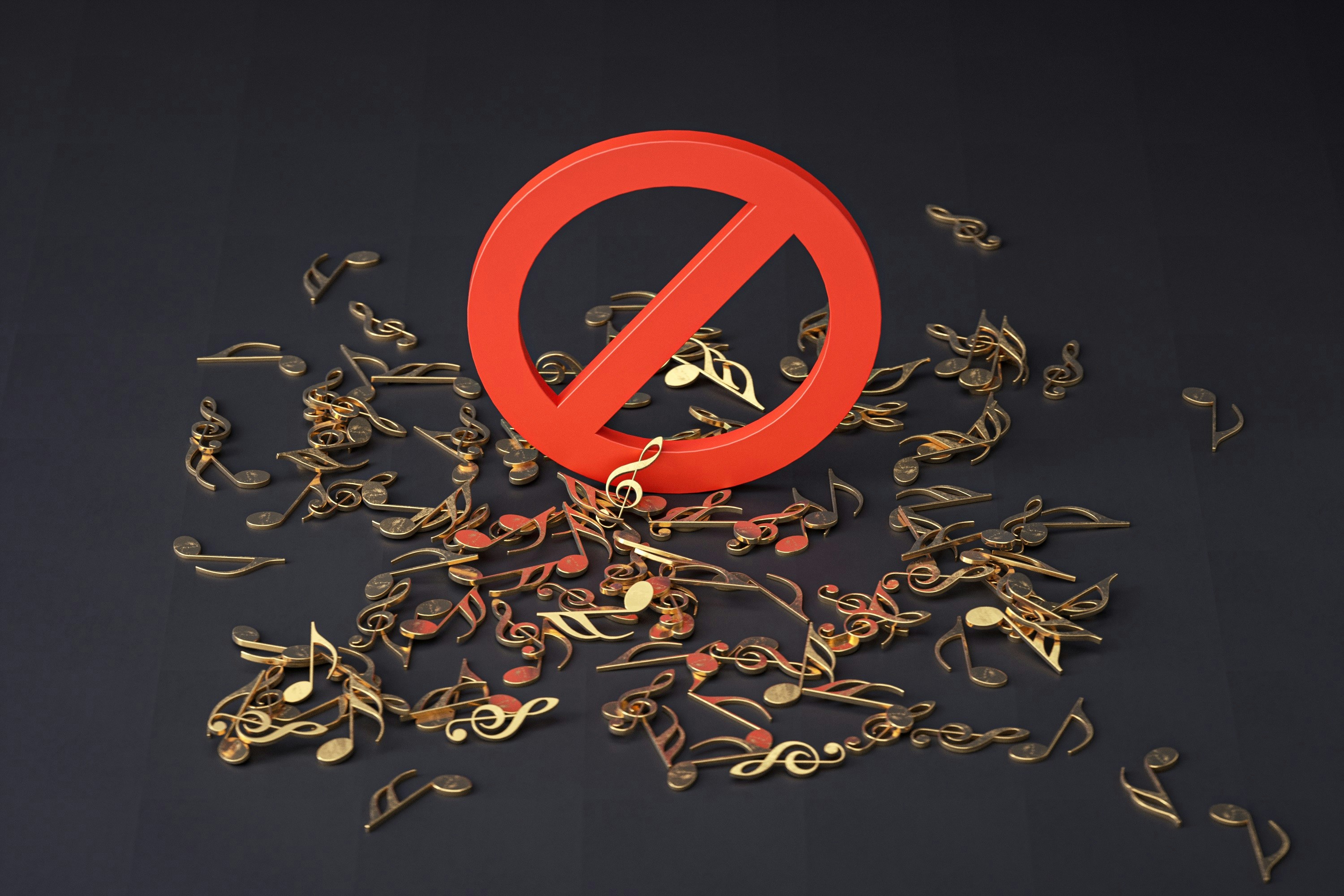Using Copyrighted Material
When creating and managing digital content for websites, it is very important to consider the legal and ethical implications when using copyrighted material. These considerations are particularly relevant when using music, videos, or images that belong to others.
1. Using "Radioactive" by Imagine Dragons as Background Music on a Website
The use of the song "Radioactive" by Imagine Dragons as background music on a website without explicit permission is both illegal and unethical. Copyright laws grant content creators complete control over how their work is used. Using a song on a website without permission from the artist is not only ethically wrong, it allows for the possibility of fines or other legal ramifications. When using any kind of copyrighted content on a website, proper licensing should be obtained to ensure that the artist is compensated for the use of their art. There is also a plethora of royalty-free and public domain music and images available for this purpose.
2. Embedding a YouTube Video Shot and Posted by Another User
Embedding a YouTube video created and posted by another user is generally acceptable. YouTube’s terms of service permit the embedding of videos on other websites as long as the video is not altered or monetized without the creator’s knowledge. If the video is publicly available on YouTube and embedding is enabled, it is generally acceptable to embed it on a website. Crucially, it is important to keep the creator’s intentions and rights in mind when embedding someone else’s content. Ethically, it is recommended to get permission from the creator when repurposing content on another website, particularly if the video is used for commercial purposes.
3. An Instructor Using a Copyrighted Image on a Discussion Board
The use of a copyrighted image by an instructor on a discussion board involves different ethical and legal considerations. The "fair use" doctrine often allows for the use of copyrighted material in educational settings. That said, fair use is not universally accepted in all cases and the intentions of the creator should still be kept in mind when using someone else's content. While the use of a copyrighted image for educational purposes might be legal, proper credit must still be given to the original creator and the use must conform to the legal guidelines that apply to fair use. Educators have an important responsibility to follow these guidelines themselves, as well as to model good behavior to their students in cases such as this.


Website Security
Website security is an essential part of web design and development. Due to the ubiquity of online services, it has become more important than ever to design websites with security in mind. A single security breach can erode customer trust instantly in a way that takes years to recover.
In today’s digital world, websites are frequent targets for cyberattacks, such as hacking, data breaches, and malware infections. Without proper security measures, these attacks can lead to significant financial losses, damage to reputation, and legal consequences. Many companies never recover from a security breach.
To ensure website security, there are several best practices that should be followed by all web developers. Updating software regularly, including CMS, plug-ins, and server systems, to patch new vulnerabilities is one of the most important facets of a strong security protocol. Because hackers often are searching for the “lowest hanging fruit”, it is important to make sure that your website does not lag behind others in terms of vulnerabilities. If your website requires users to log in and transact with sensitive information, implementation of multi-factor authentication helps to prevent hackers from impersonating a customer nefariously.